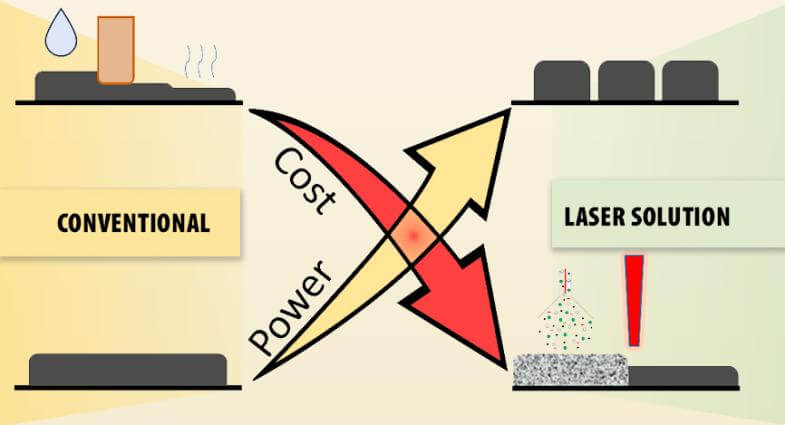California and Arizona based battery company Ampcera Inc. has been awarded funds to develop 3D printed lithium-ion batteries.
Ampcera, along with partners at Lawrence Livermore National Laboratory (LLNL) have received $1.5 million USD in funding from the Department of Energy to develop a safer lithium battery with higher power and energy densities using a low-cost dry additive manufacturing process.
Ampcera deals with the development and commercialization of high-performance solid-state electrolyte materials for next-generation lithium batteries. It is hoped that the partnership with the national laboratory will develop innovative manufacturing processes for lithium-ion batteries and reduce time-to-market.
In addition, the process is apparently “environmentally benign” , which is why it is one of six Energy Systems projects selected for an award from DOE’s Advanced Manufacturing Office to reduce industrial emissions and manufacture clean energy technologies.
The proposed dry additive manufacturing technology is highly energy-efficient with more than 10 times the throughput of conventional slurry-based processing, reducing lithium battery manufacturing costs by 50% or more. Slurry-based processing involves the deposition of a suspension containing the active material, conducting material and polymeric binder in a solvent on to a copper film or an aluminium film (slurry preparation and coating).
This is followed by drying, calendaring and sizing of the electrodes (anode and cathode). It’s a complicated process and requires lots of monitoring and control. Therefore, it could be optimized further, and AM has been earmarked as an improvement over conventional processes.
The graph below shows how the cost and power changes between slurry based manufacturing and dry AM.

Specifically, the development is focused on producing the battery cathode for the moment.
“The process allows for thick high-capacity 3D cathode structures to be processed, enabling lithium-ion batteries to reach the fast-charging goal of 80% charge in 15 minutes or less,” said staff scientist and principal investigator Jianchao Ye of LLNL.
After developing the printed cathodes they plan to apply those findings to anode design and also further explore its application in all-solid-state lithium metal batteries.

“It has the potential to revolutionize the scaled manufacturing of solid-state batteries with intrinsic safety, high energy density of over 450 Wh/kg, and a low cost of less than $75 per kWh” said Sumin Zhu, CEO and Co-Founder of Ampcera.
This is good news for those wanting lighter weight batteries.
“The partnership between LLNL and Ampcera will accelerate the development and commercialization of the ultra-fast and low-cost additive manufacturing technology for high-performance lithium battery manufacturing., “ said Hui Du, Chief Technology Officer and Co-Founder of Ampcera.
You can read more about their battery technology over at this link.











